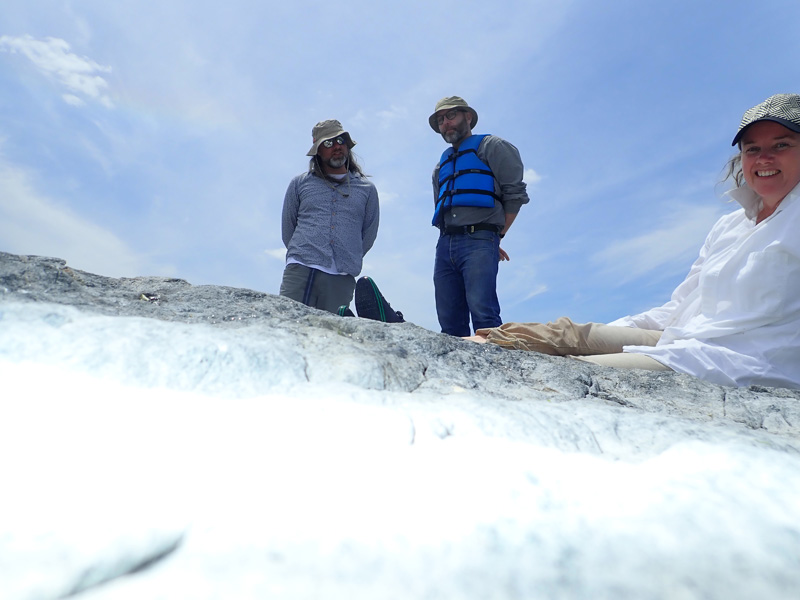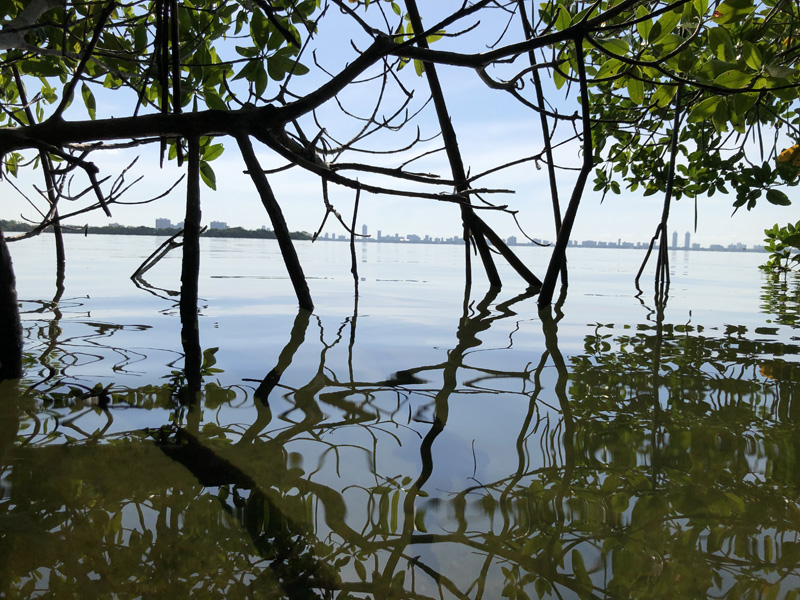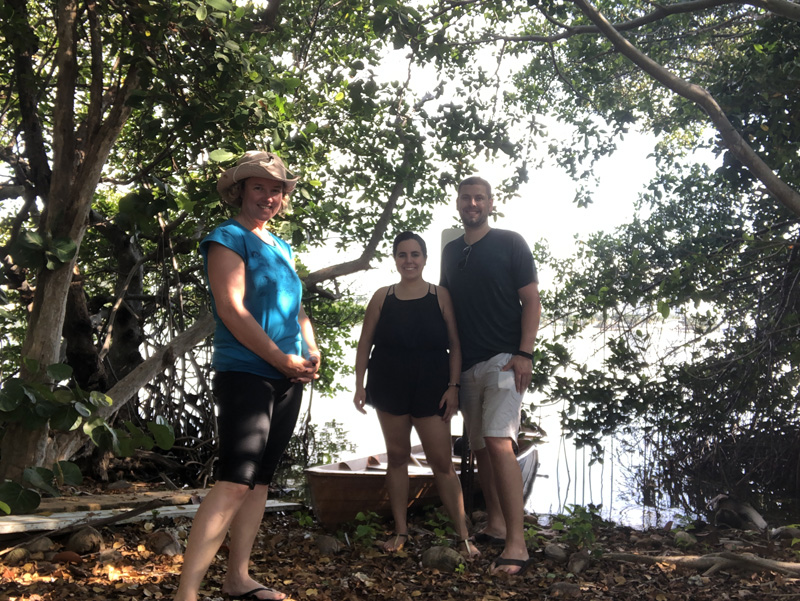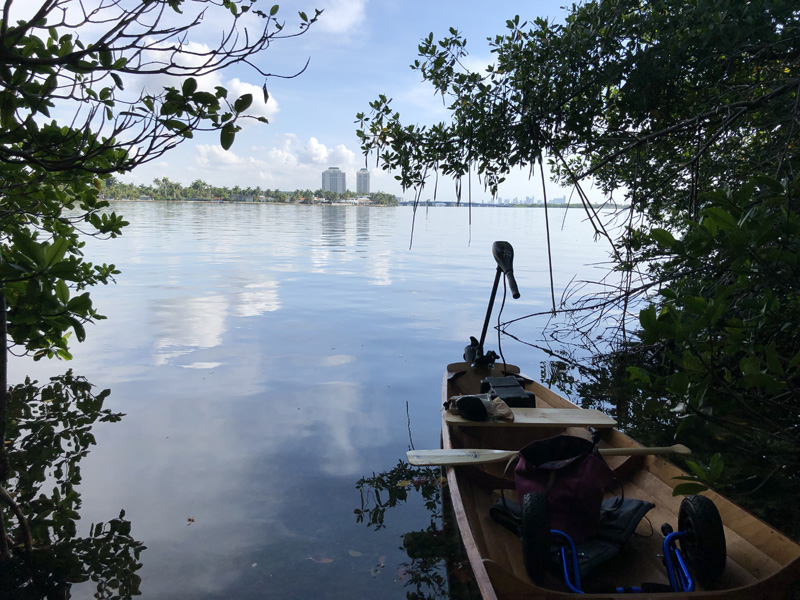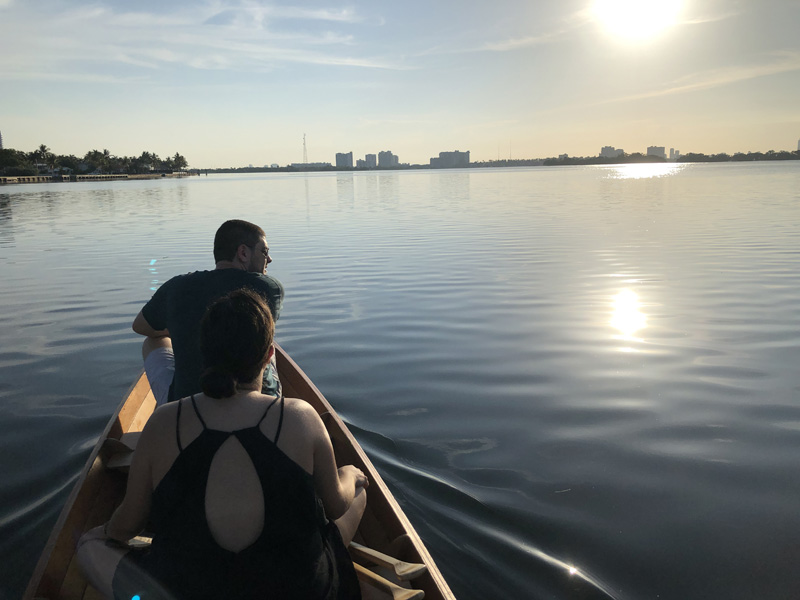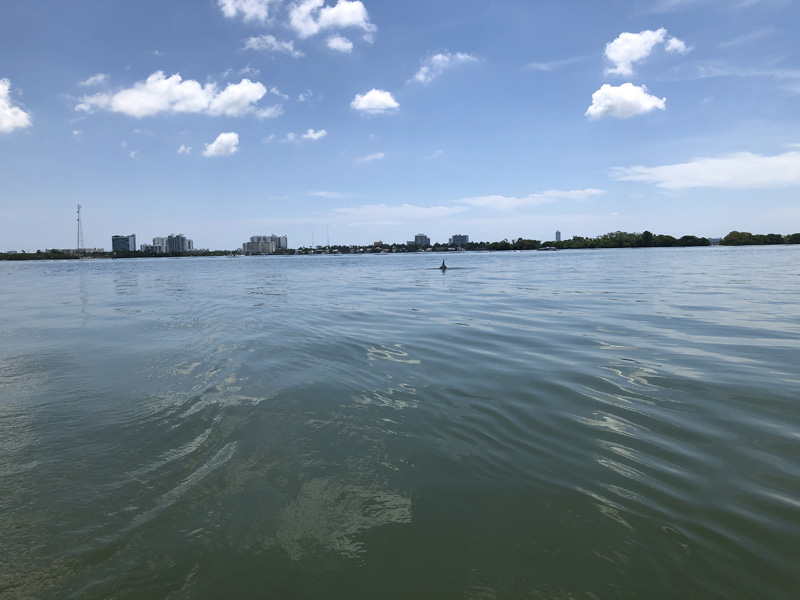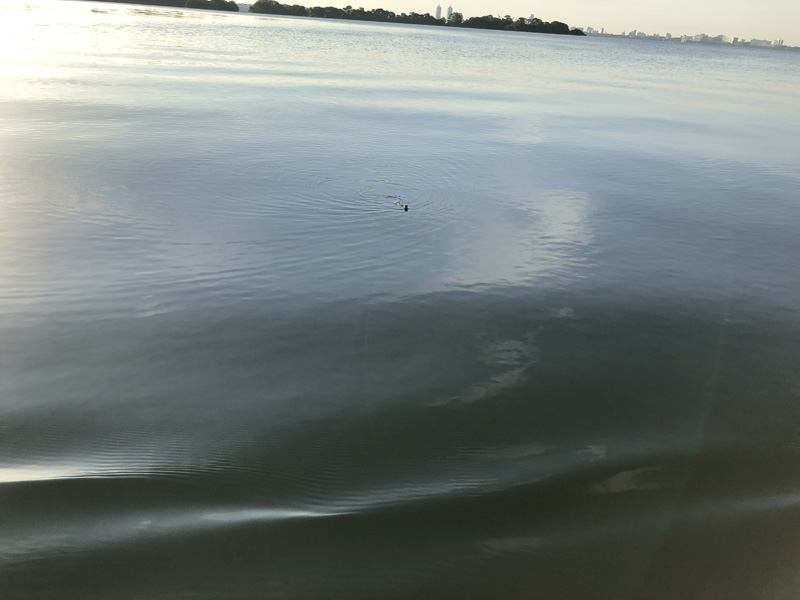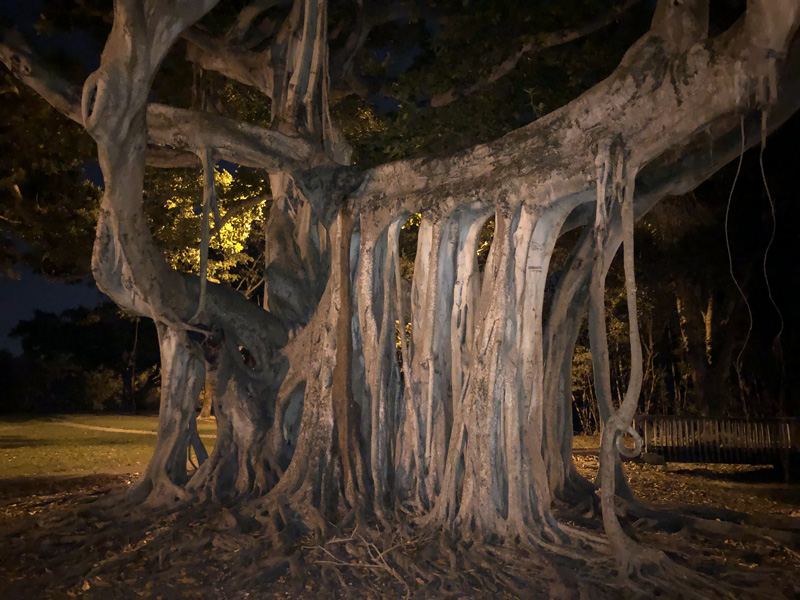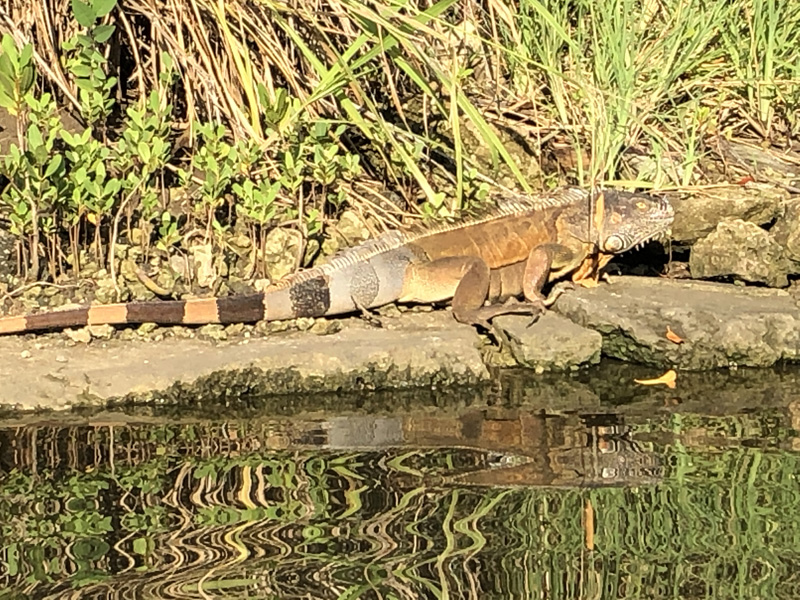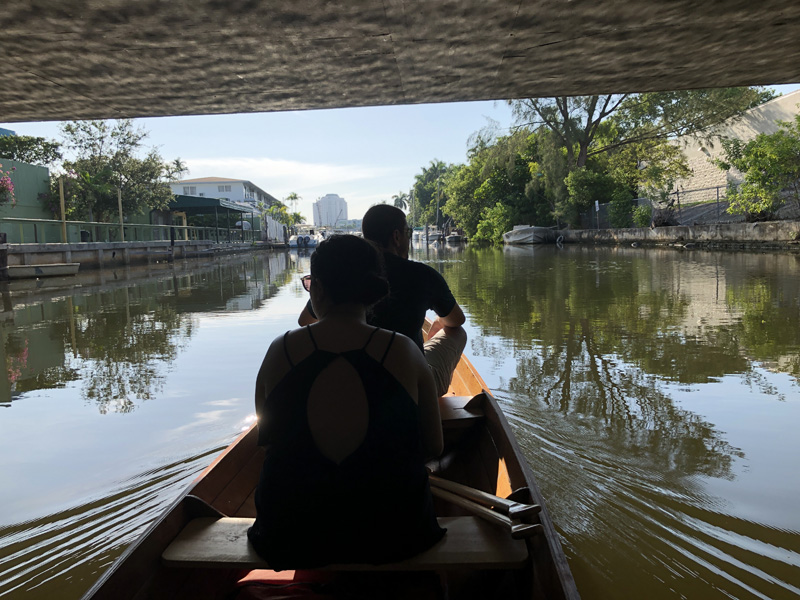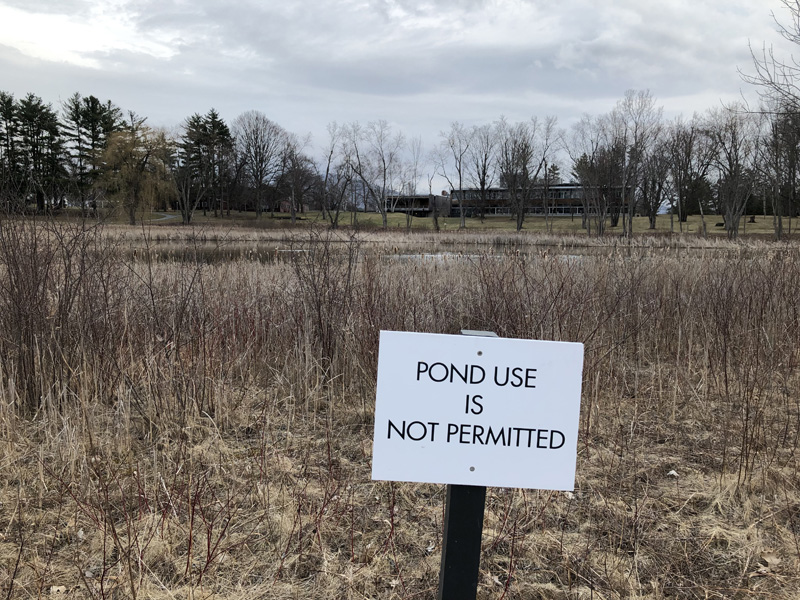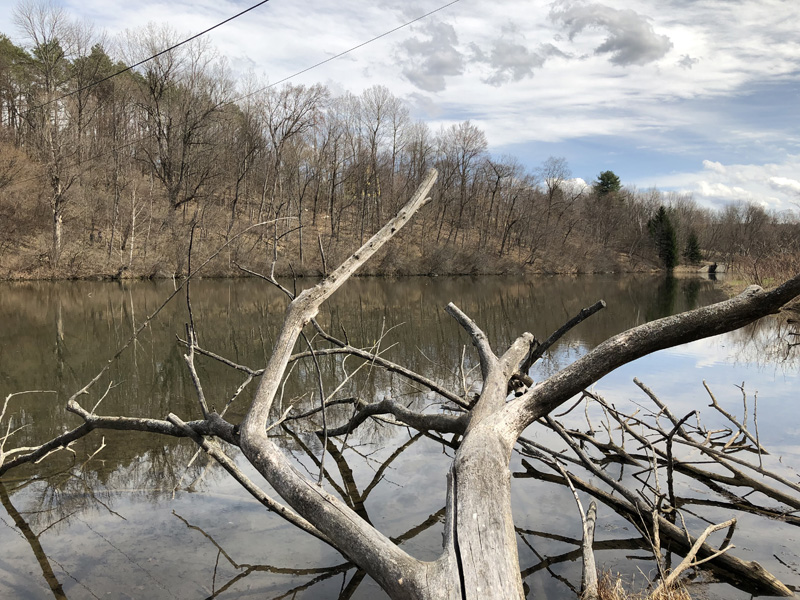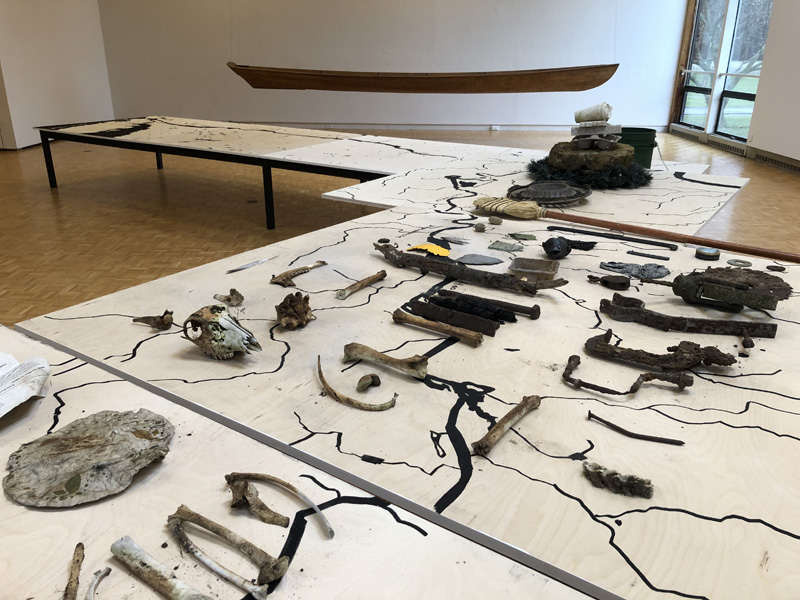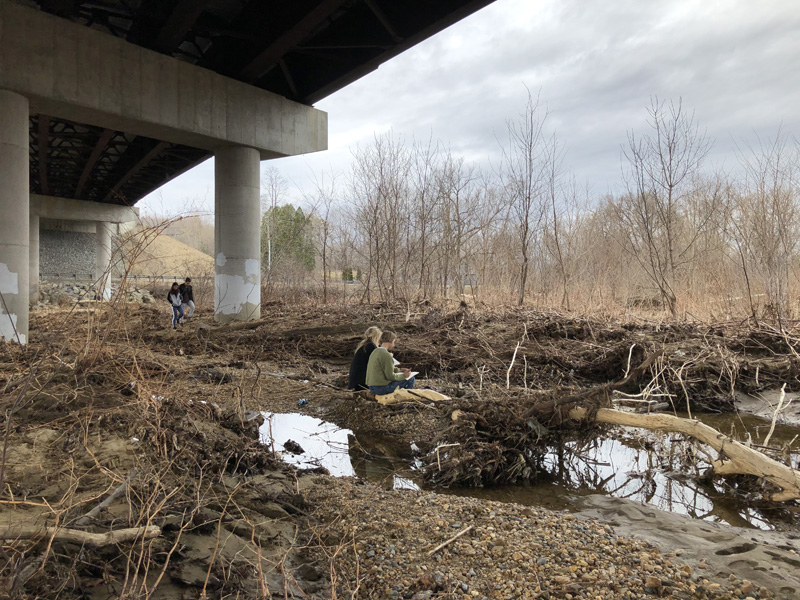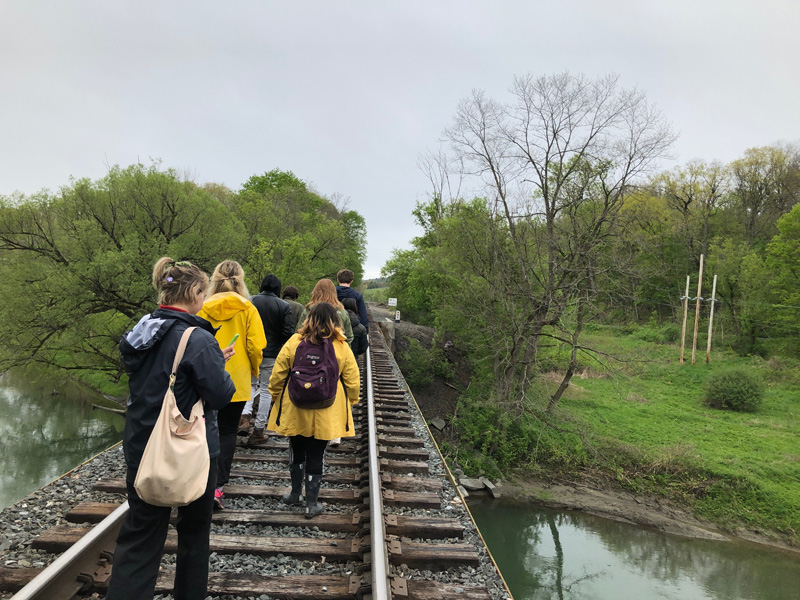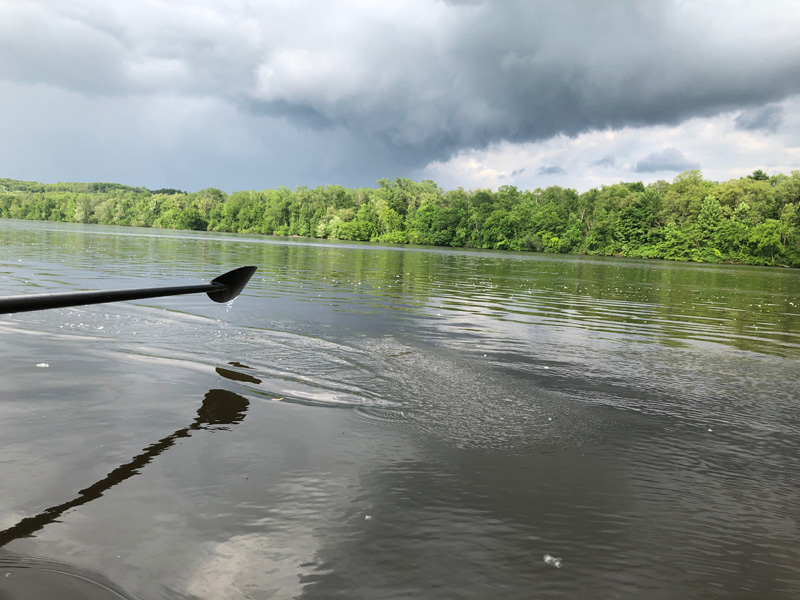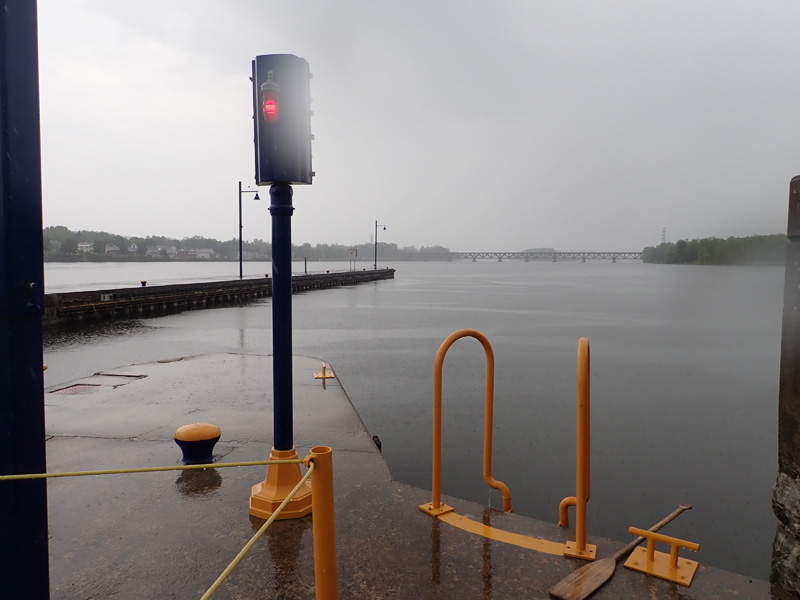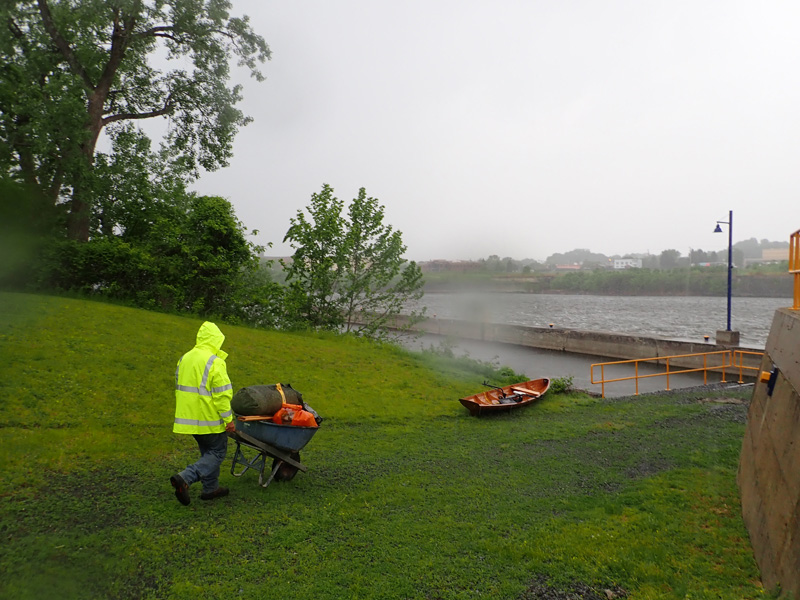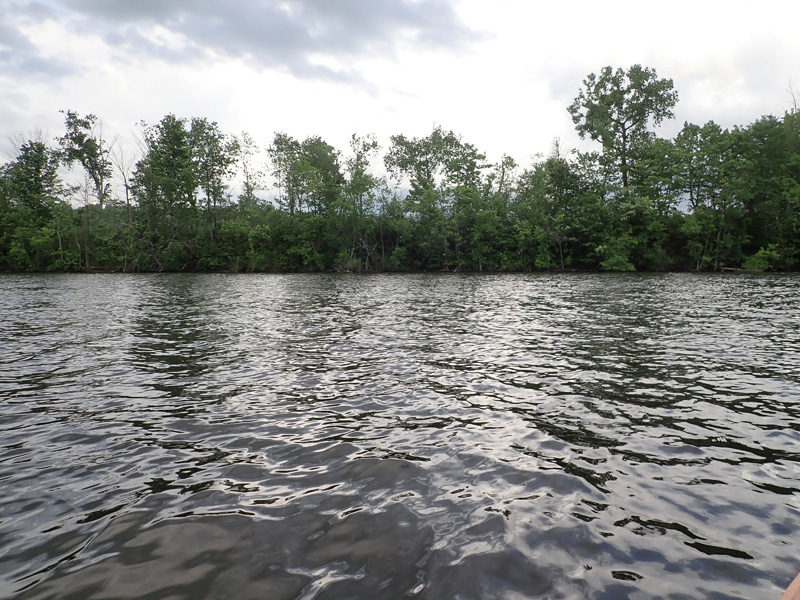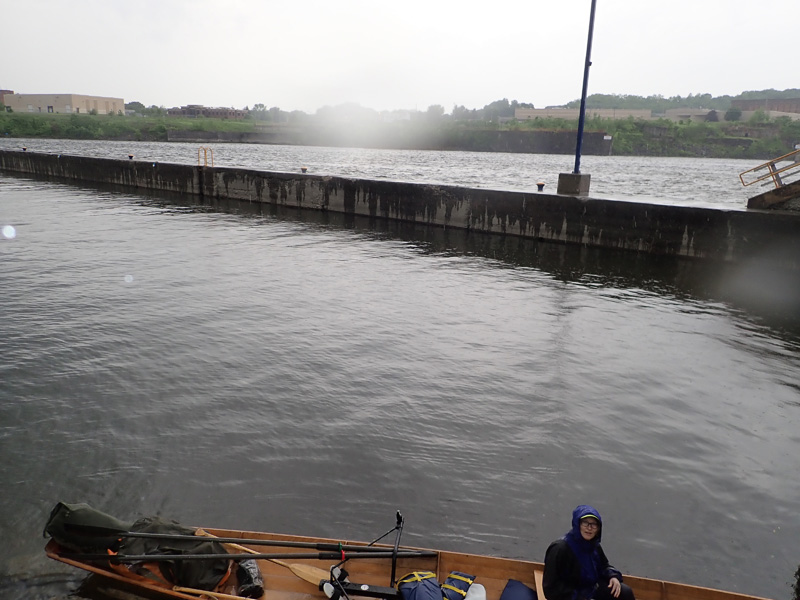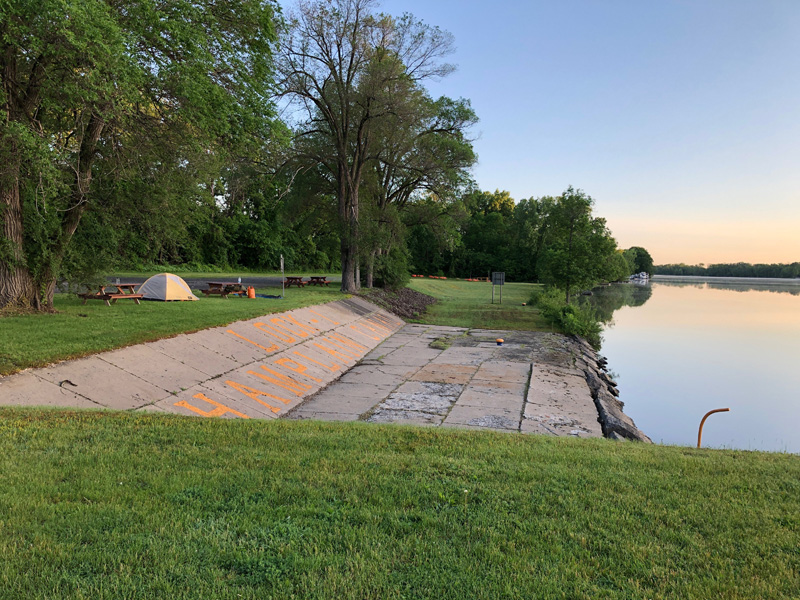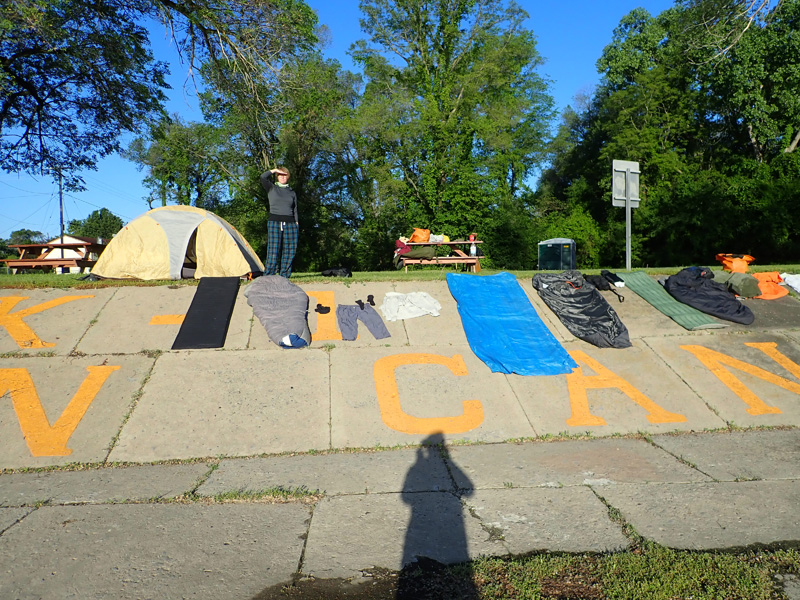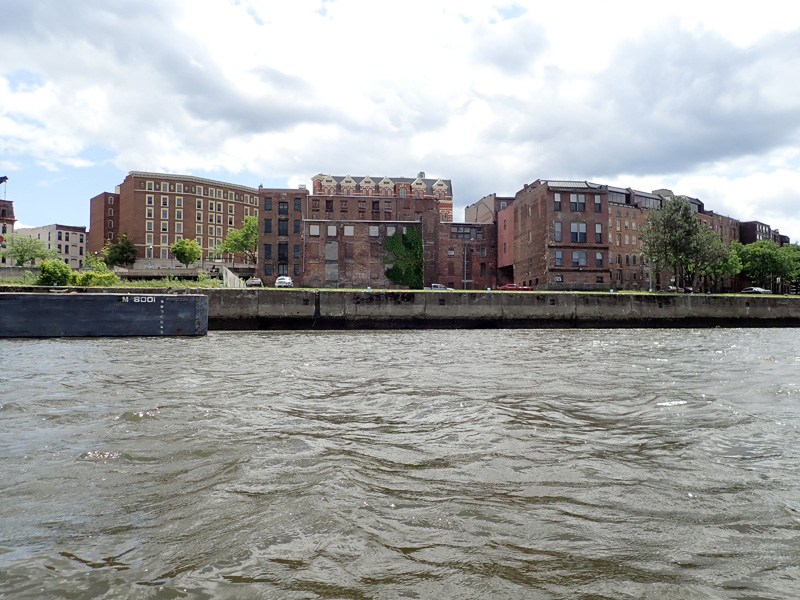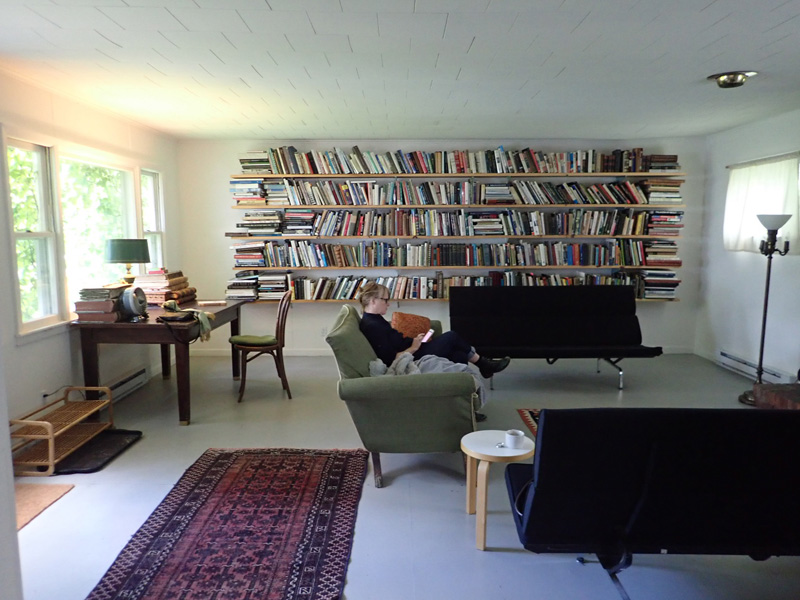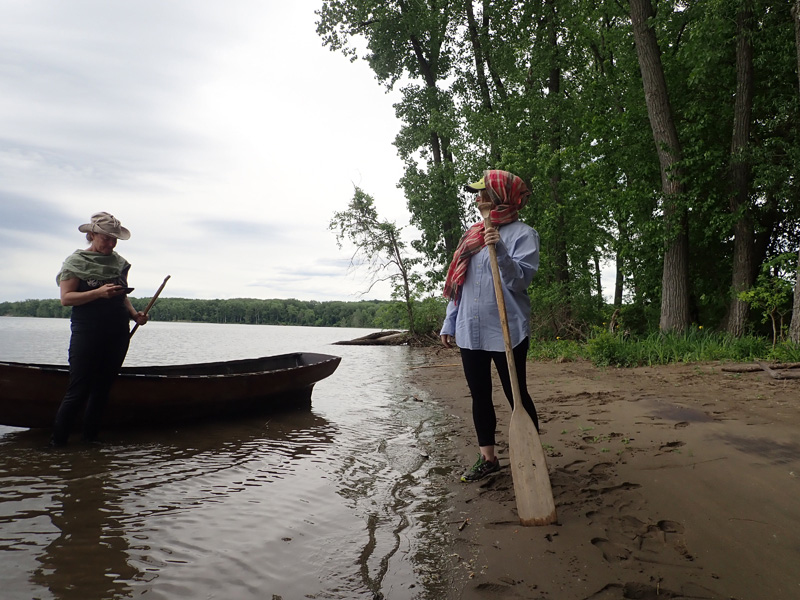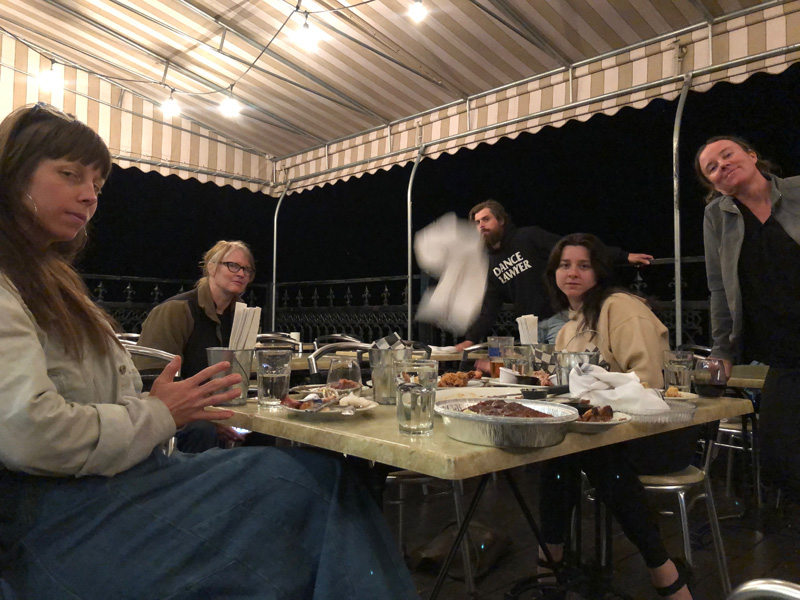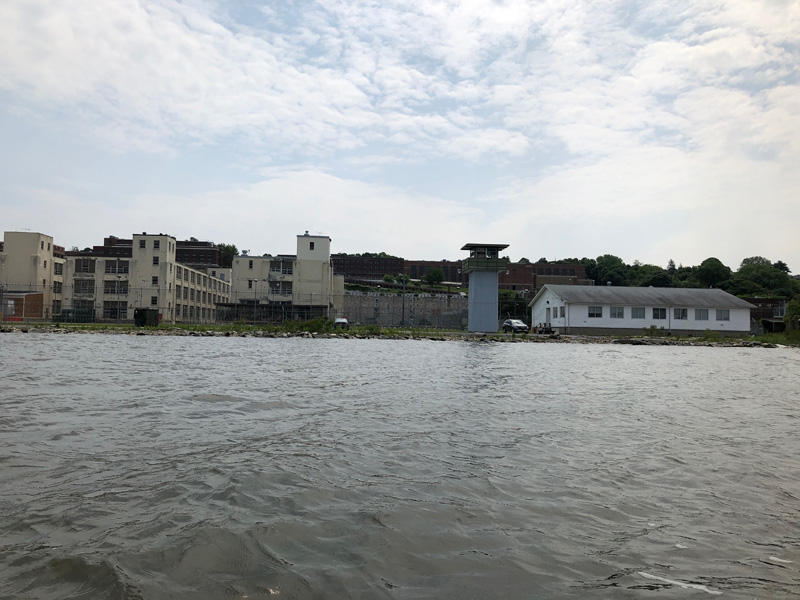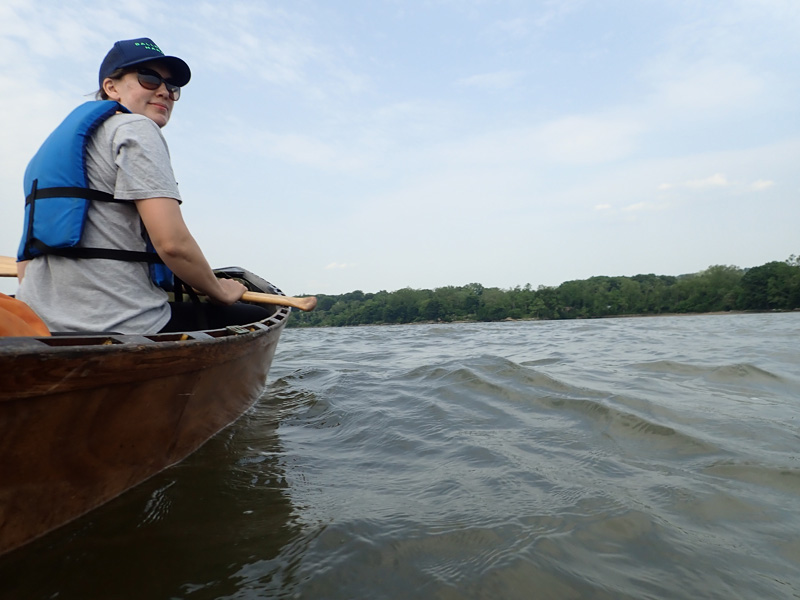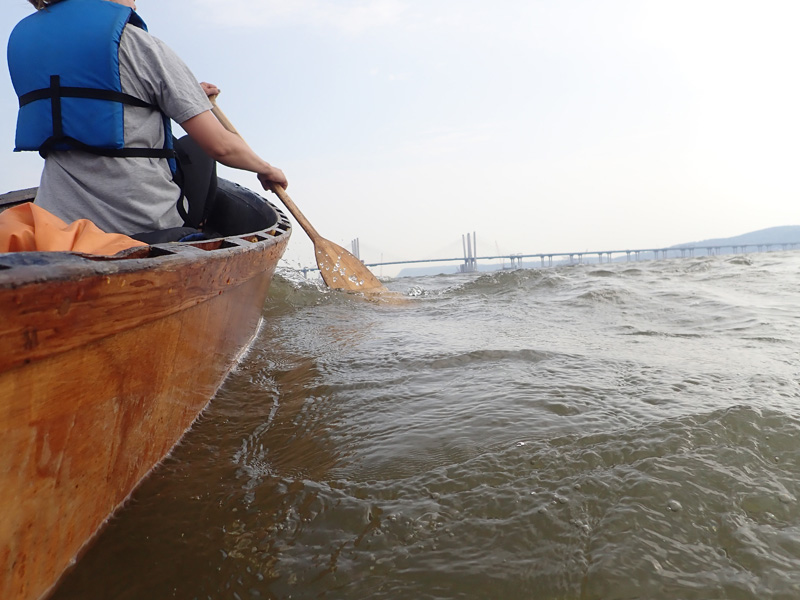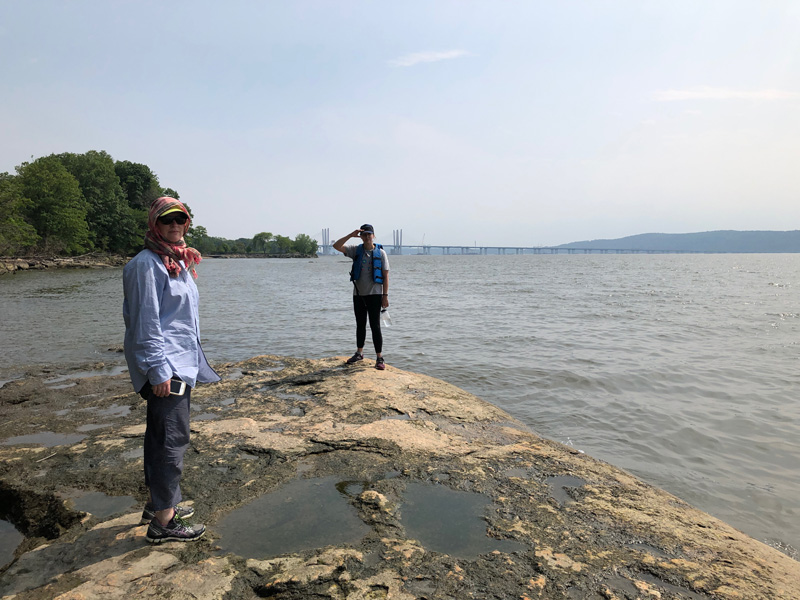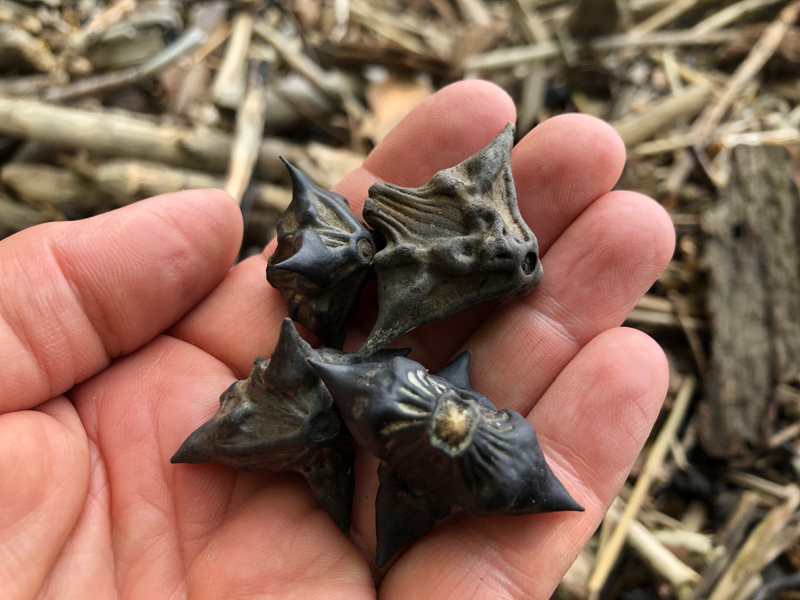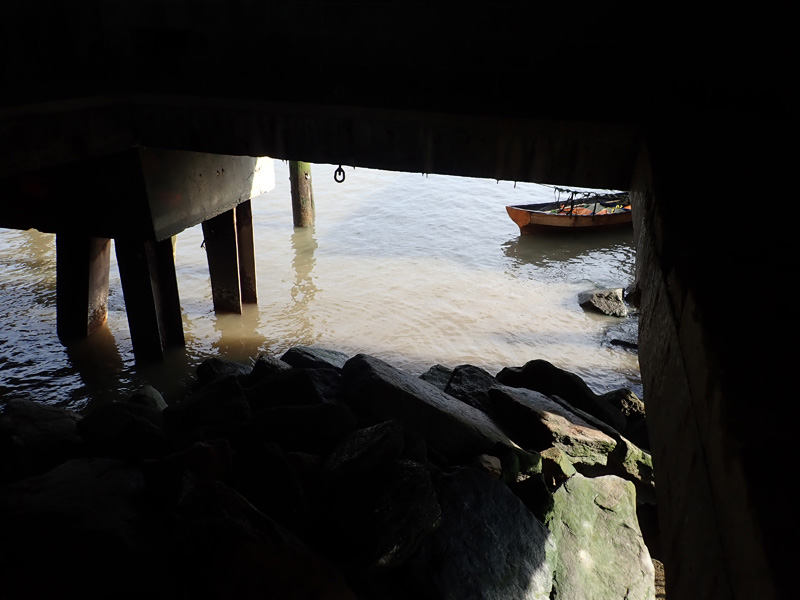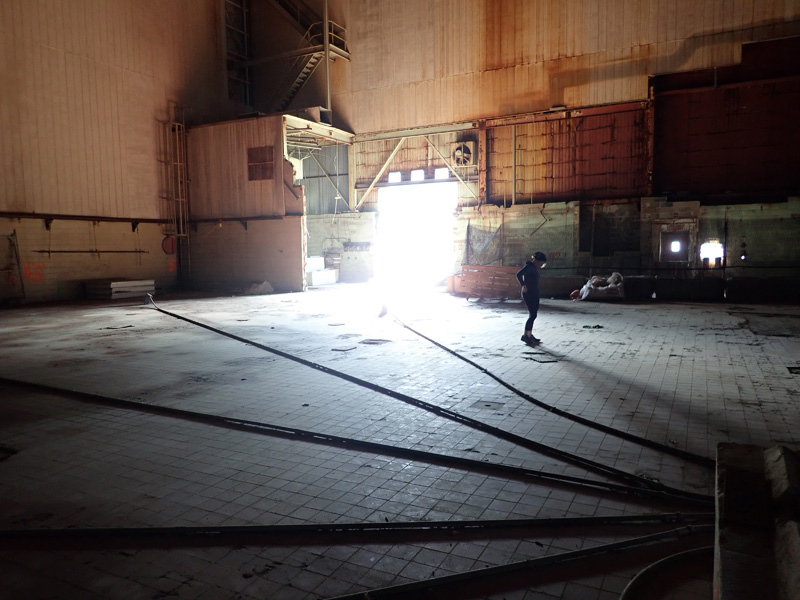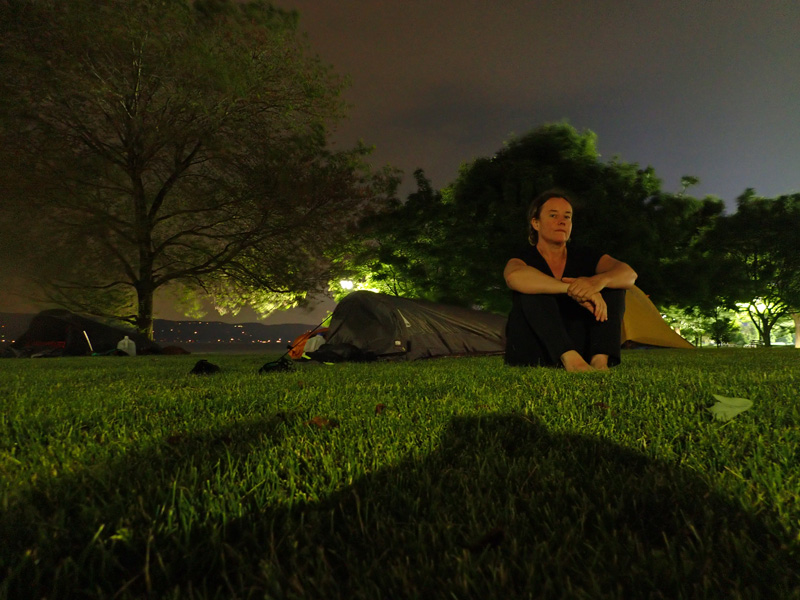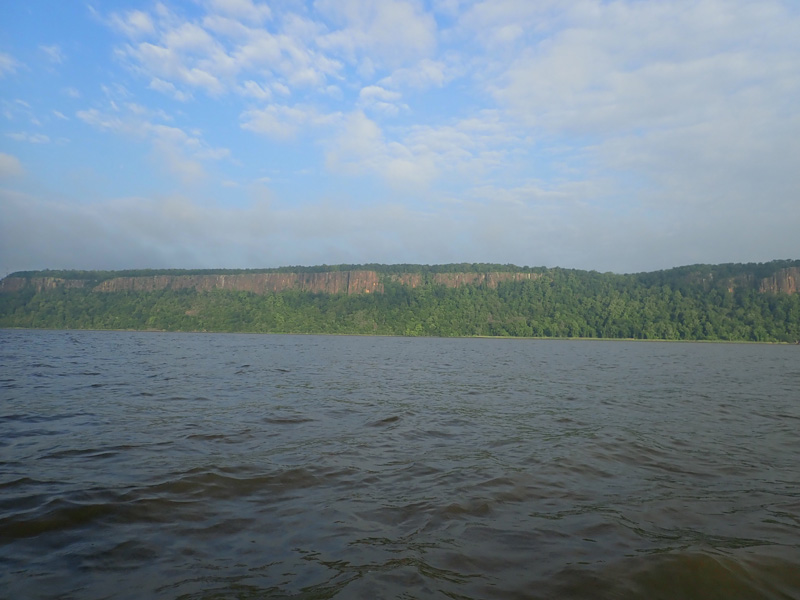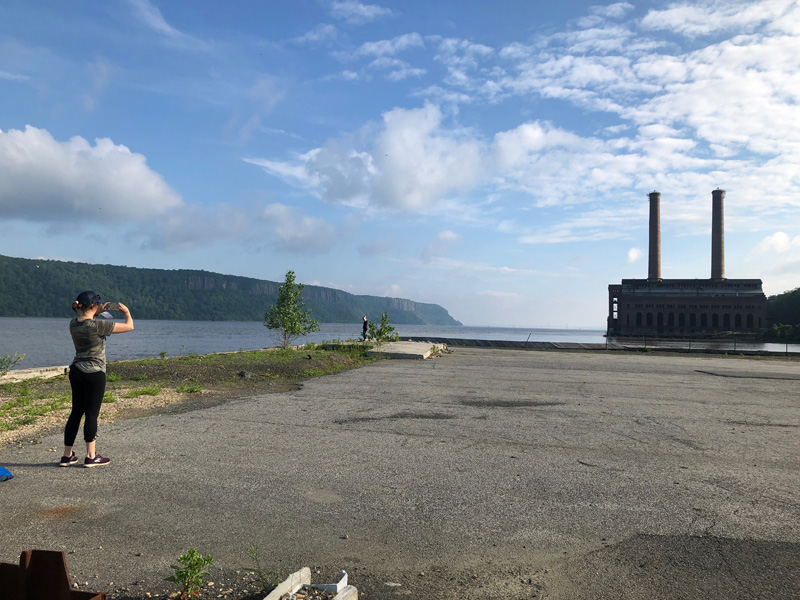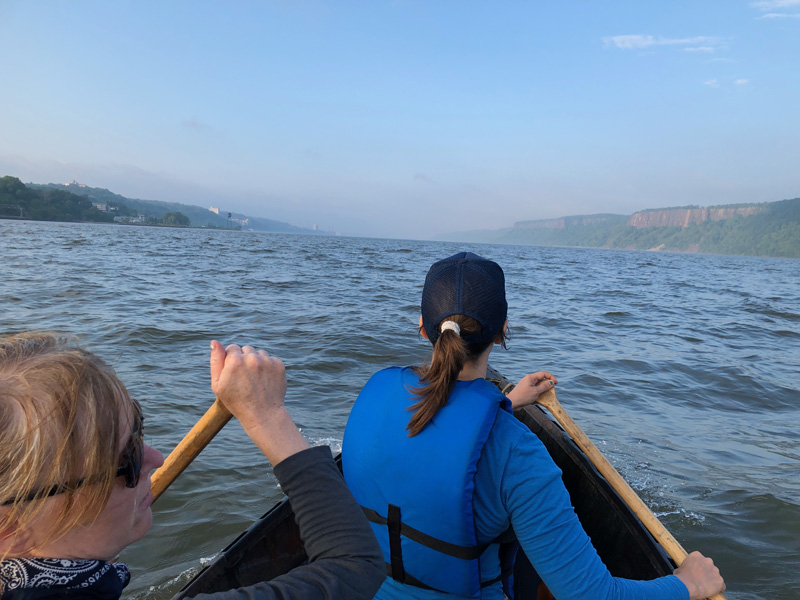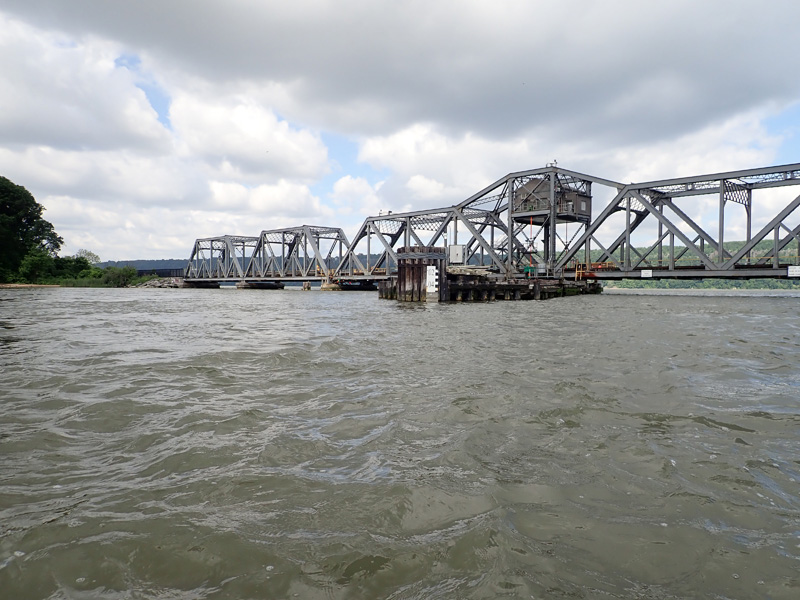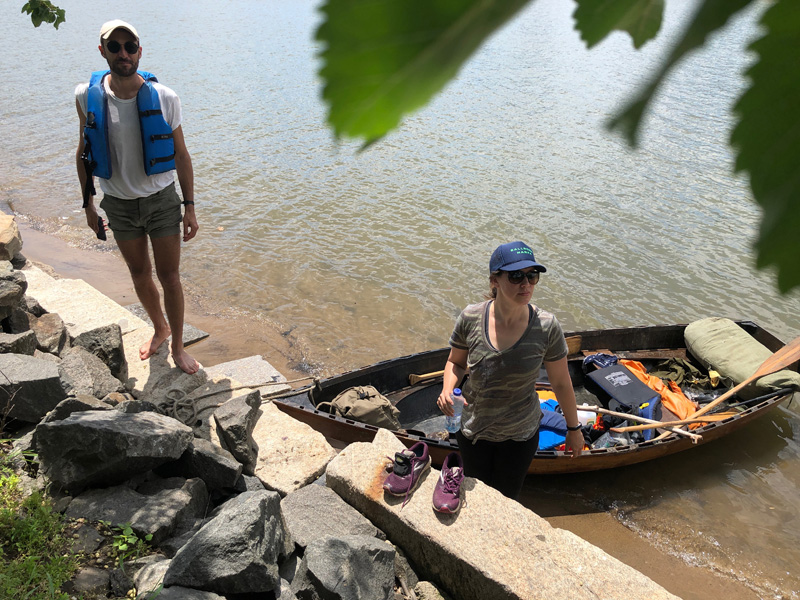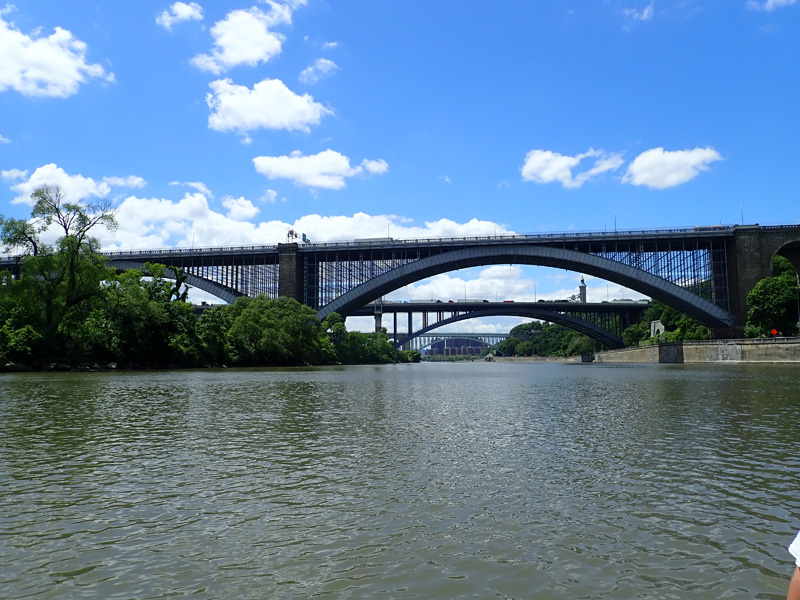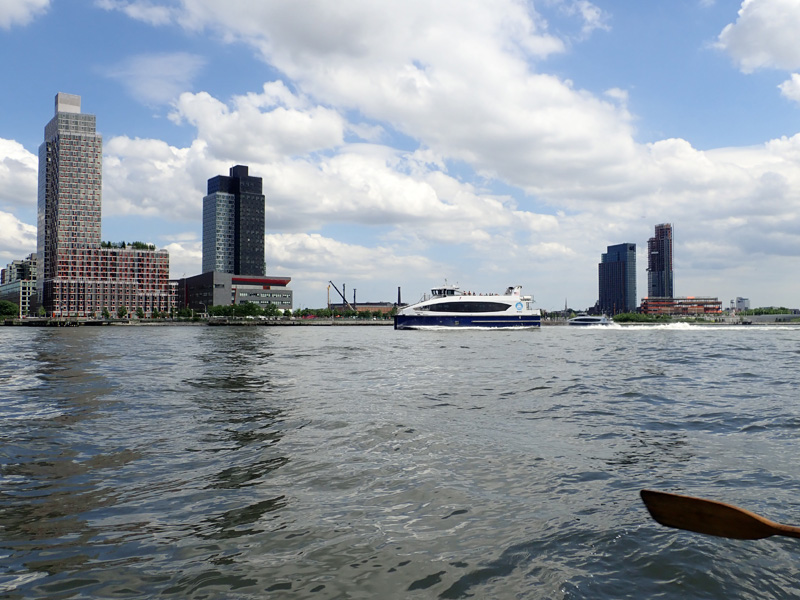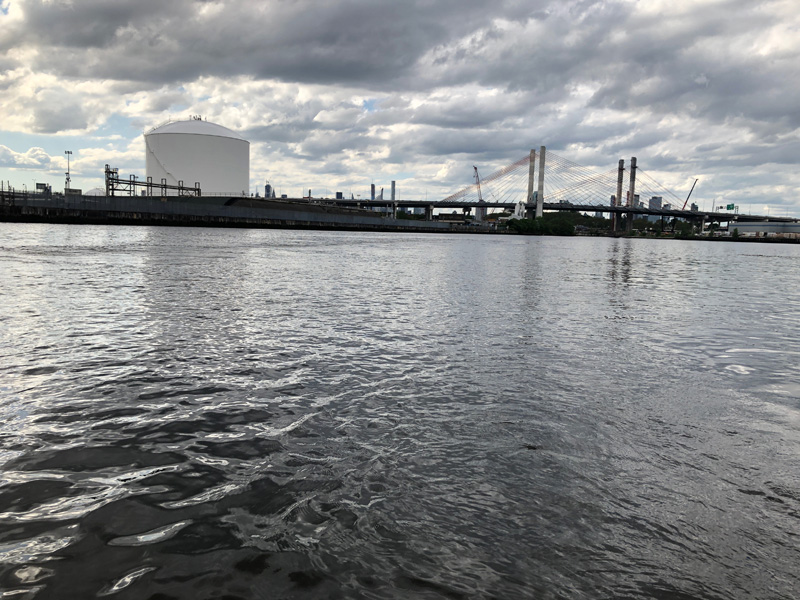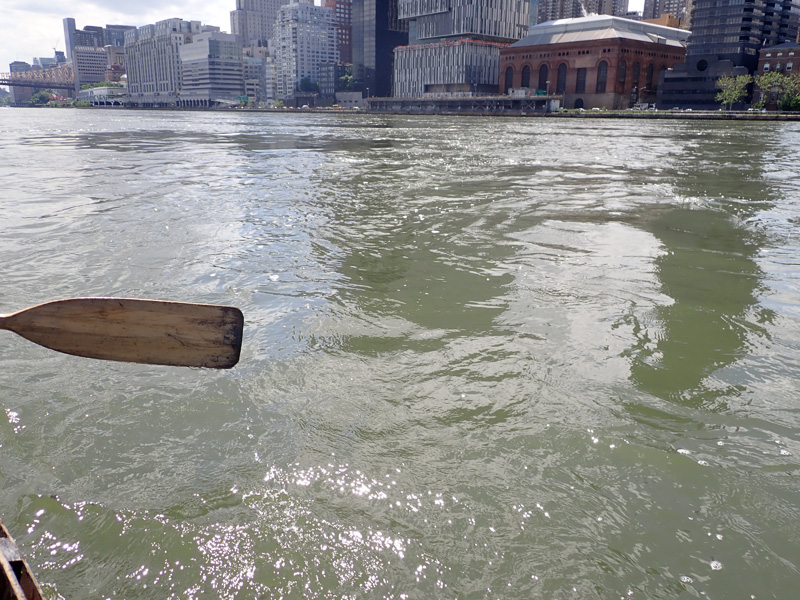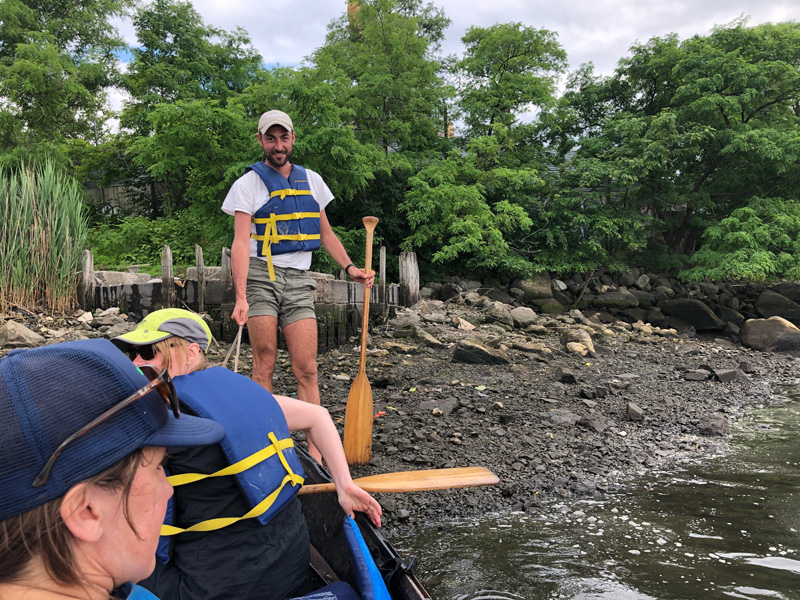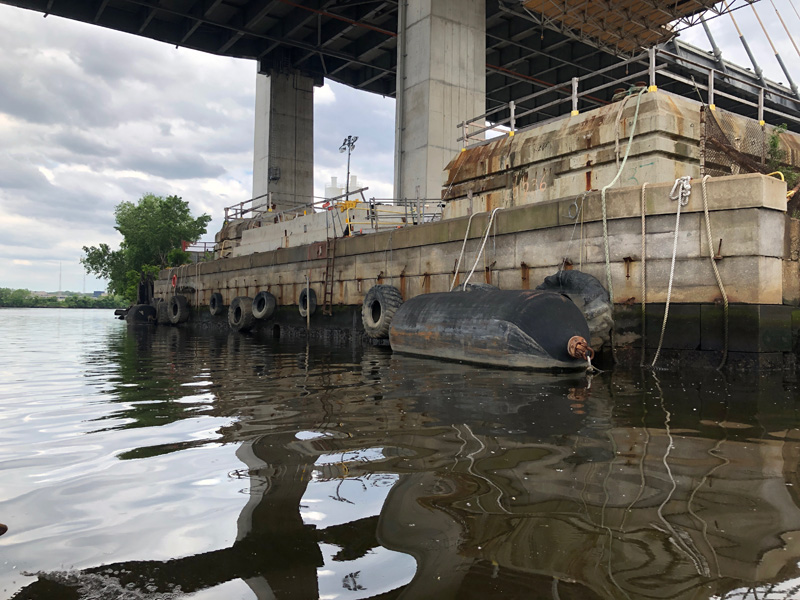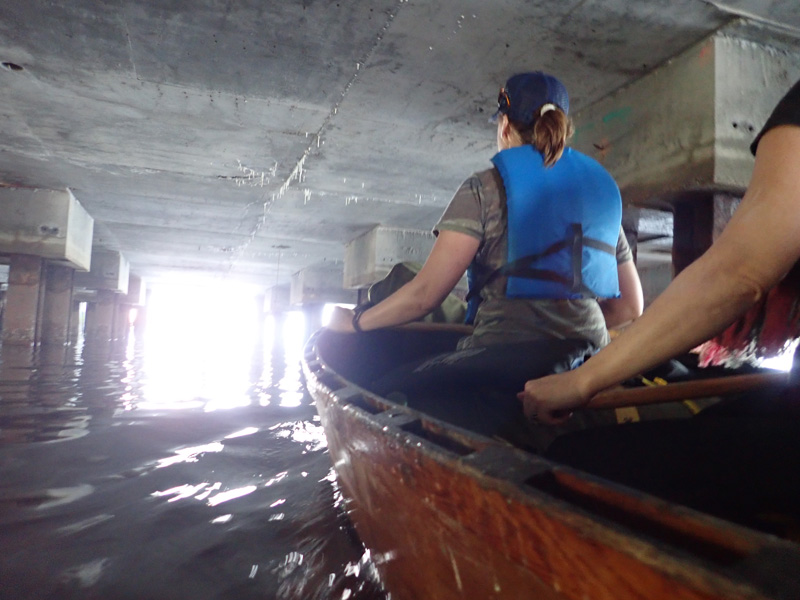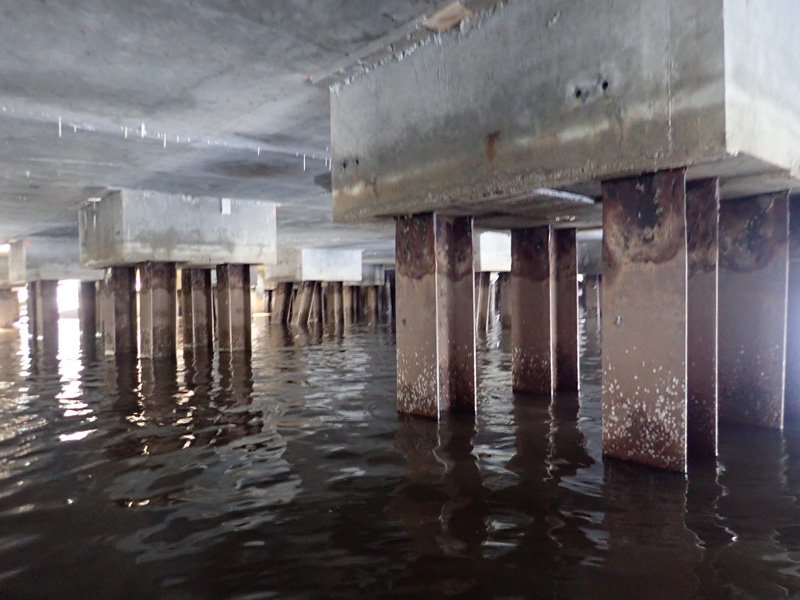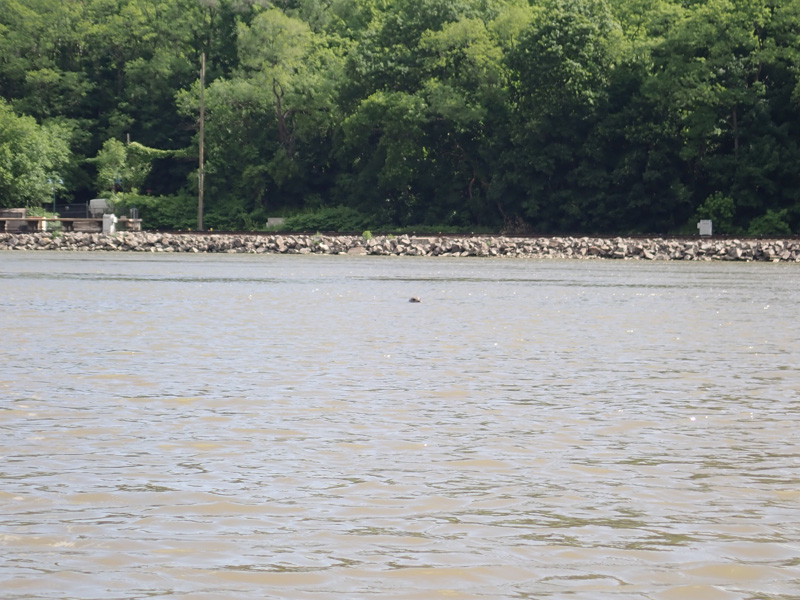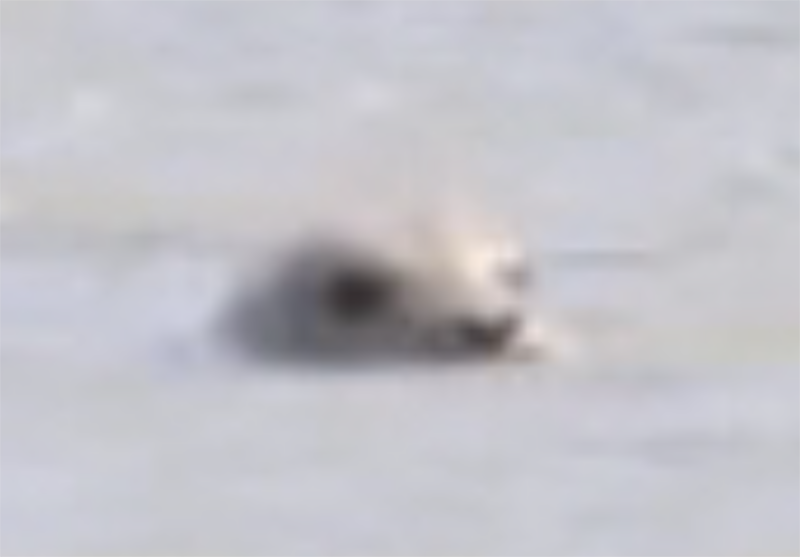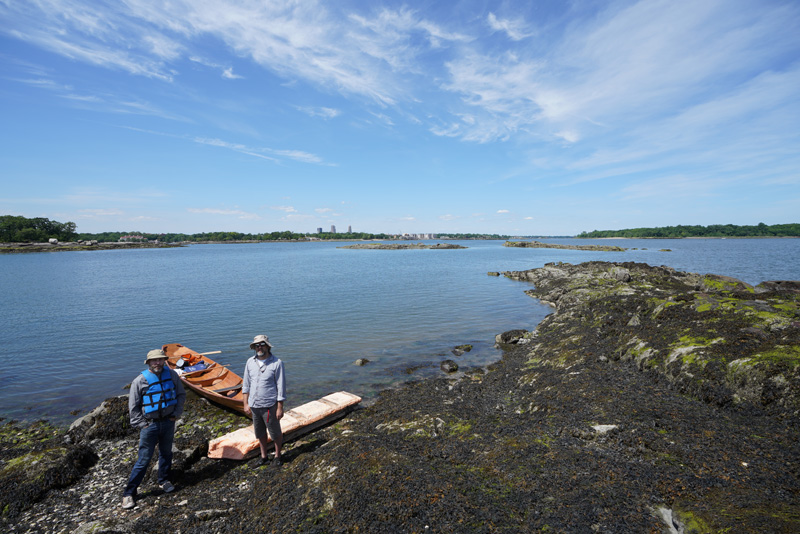
This past year a new theme emerged for the Tide and Current Taxi.
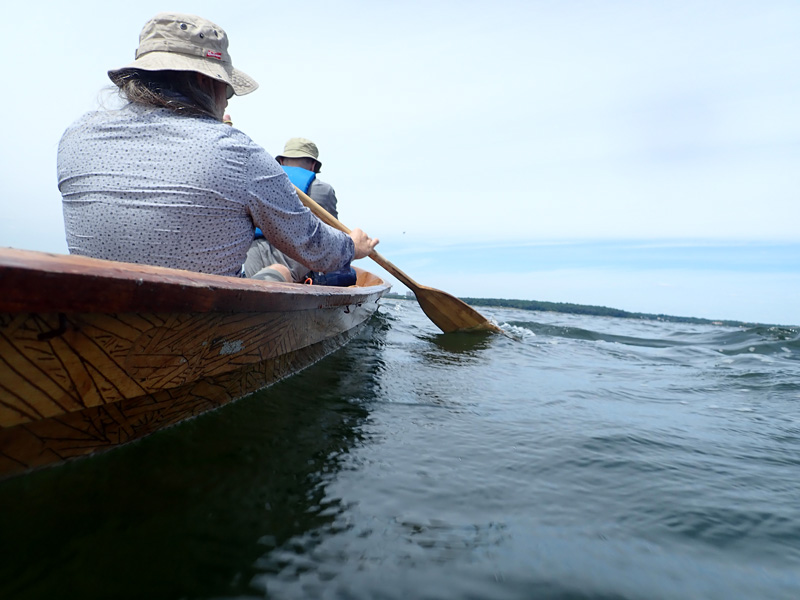
Rather than concentrating on where the tide takes us when it moves,
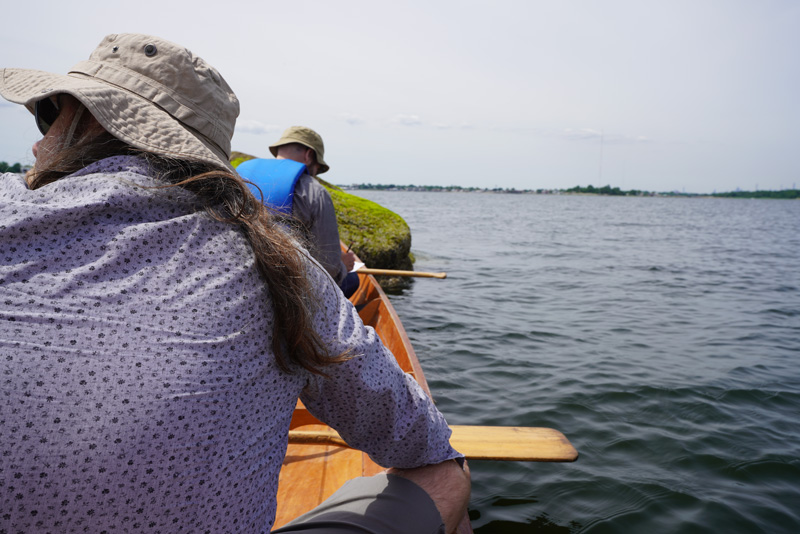
the trips can be about what the tide shows us when we stay in place,
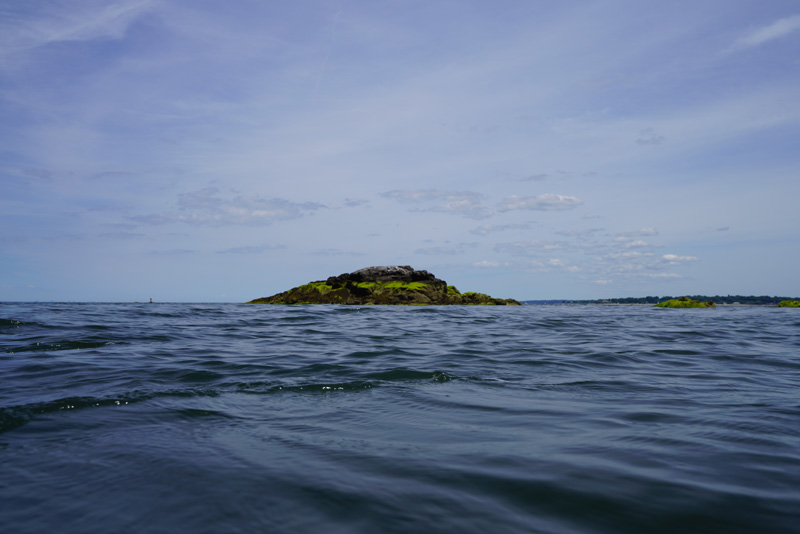
things it covers or reveals.
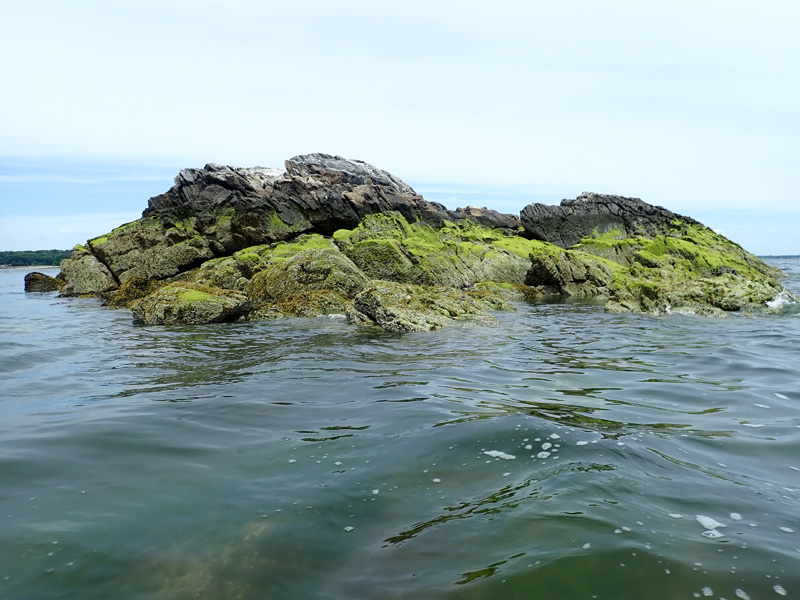
Robert Sullivan came up with the idea in relation to my project on Oyster Island last February.
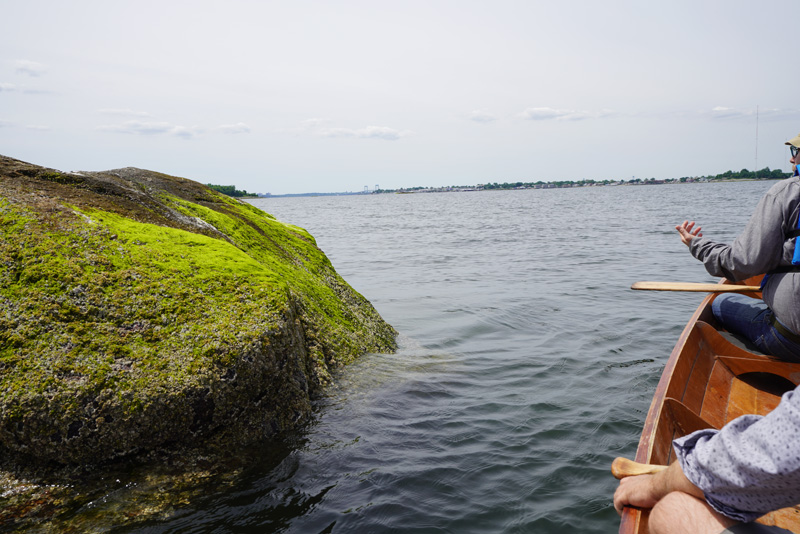
He pointed out that European settlers first called all the small islands in the Jersey Flats ‘Oyster Island’, understanding that as their original Lenape name.
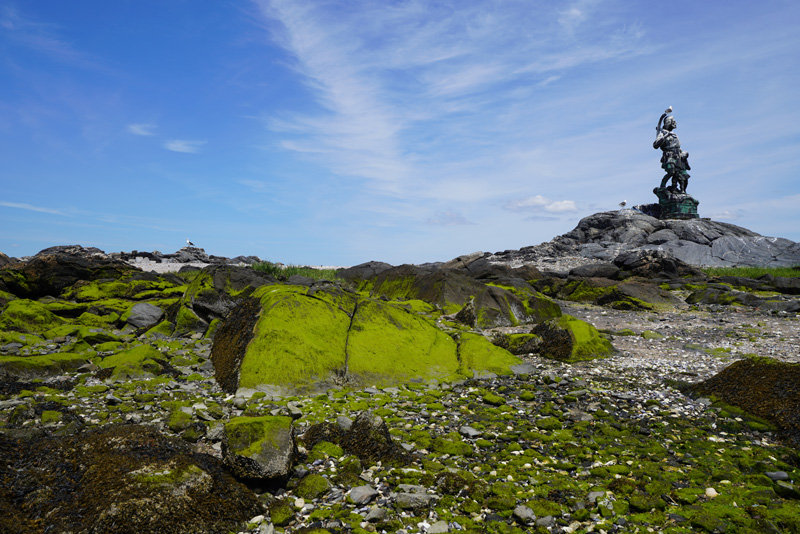
He suggested that Oyster Island’s unique ability to disappear during low tide might have protected something closer to its indigenous name, rather than being recast as a Liberty, Ellis, or Governors Island.
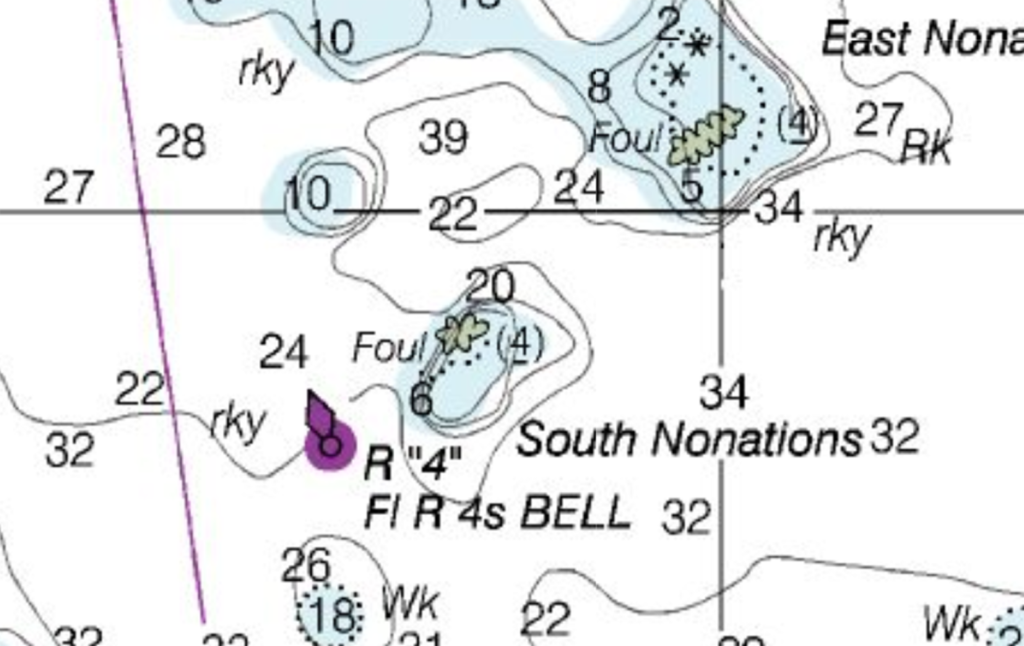
I started thinking about one of the city’s most famously named islands, a name so reclusive it seems to drop right off the map.
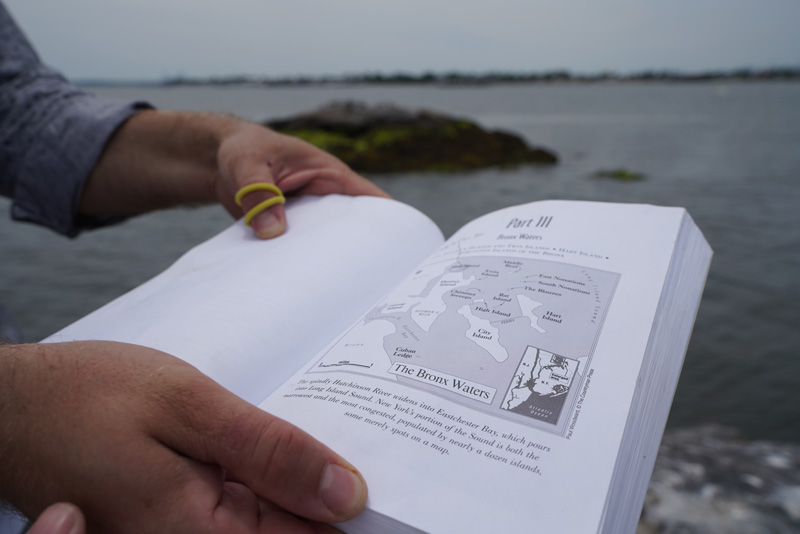
In ‘Other Islands of New York City’ Sharon Seitz writes that the Nonation Islands were not claimed by any nation because who would want them? They were really just rocky impediments,
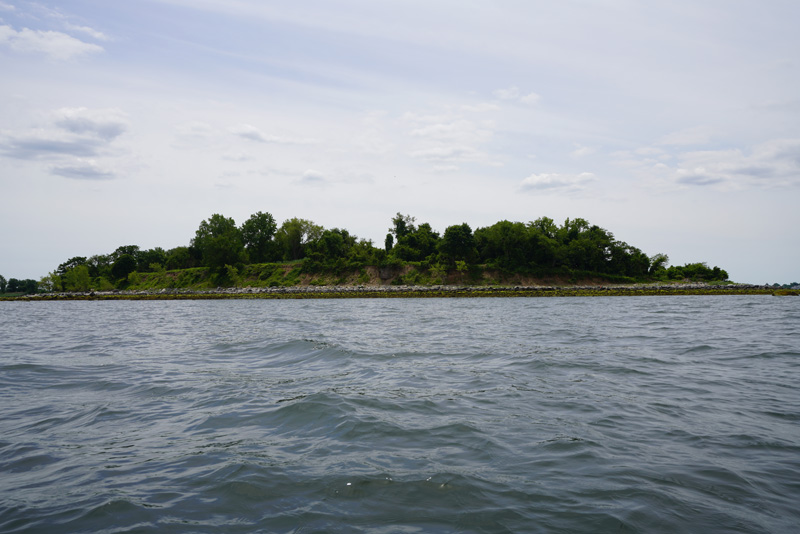
but maybe the islands were hiding out the day that ownership was assigned.
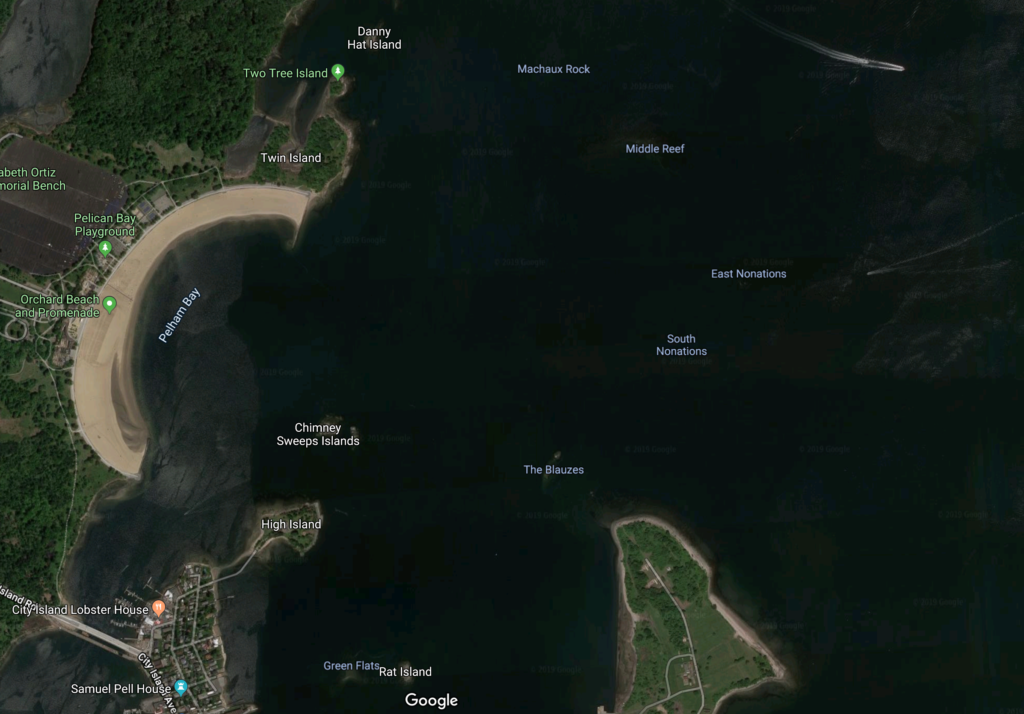
In the 1650’s, when the Dutch were snapping up property in the area (and naming it) they would have known about high and low tide, but they didn’t understand its relation to the moon, or been able to predict the mixed semidiurnal behavior of the tide. The tide here isn’t just high or low, there are four different turning points – two highs and two lows that can vary a few feet between their apogees.
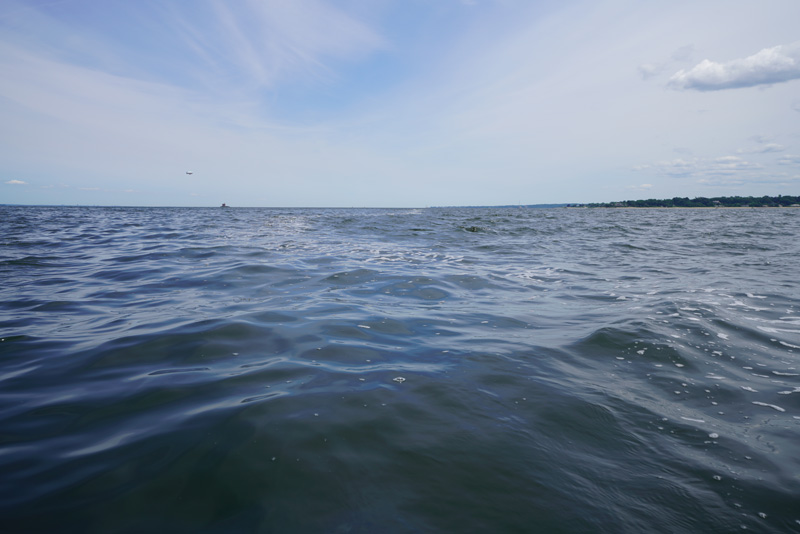
Maybe the Dutch came out during the wrong low tide and said that there was nothing there.
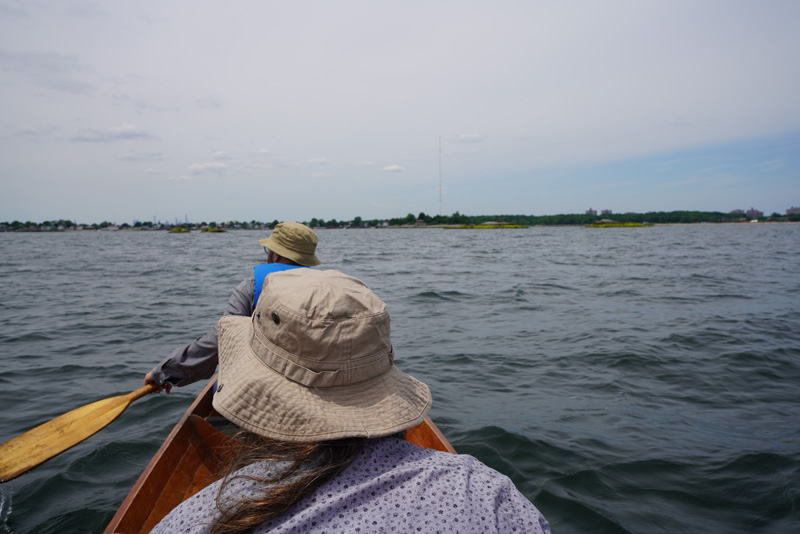
It’s not too different from our experience that morning.
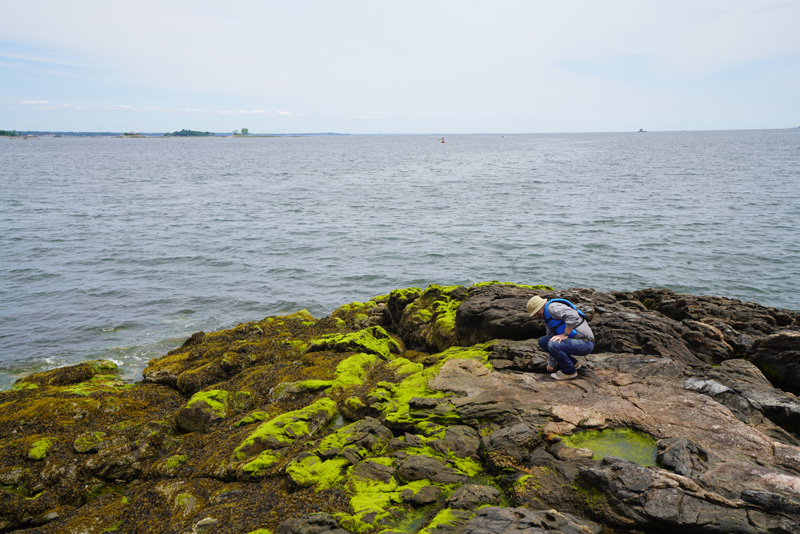
Robert wanted to visit the Bronx Islands for an upcoming article in New York Magazine.
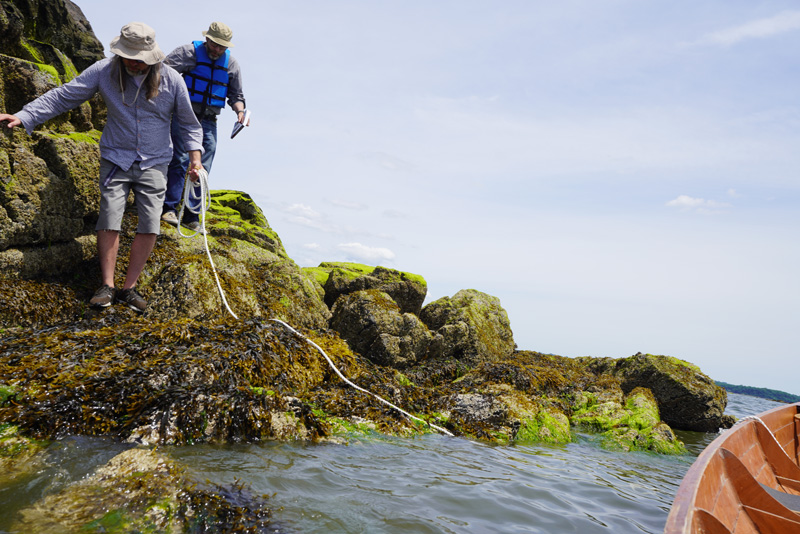
He thought about these tidal appearances and disappearances as a way to experience the future, to see parts of New York City the way that climate change will see them.
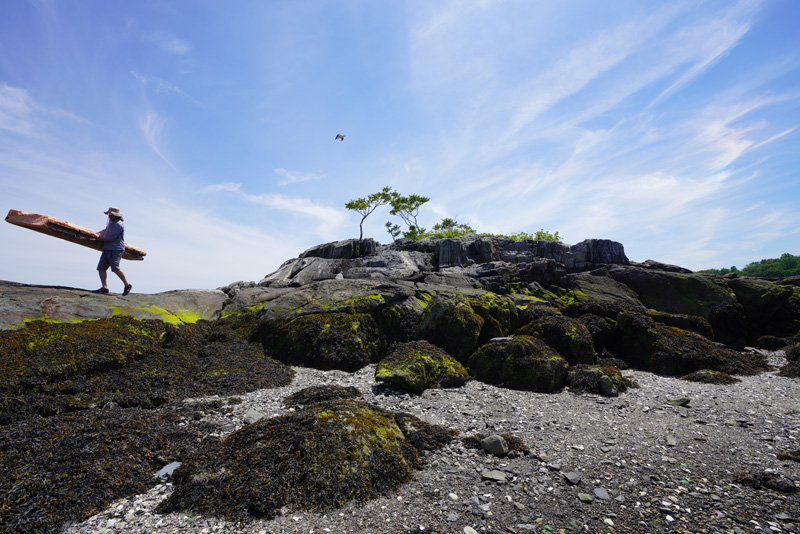
We didn’t find Nonation Island.
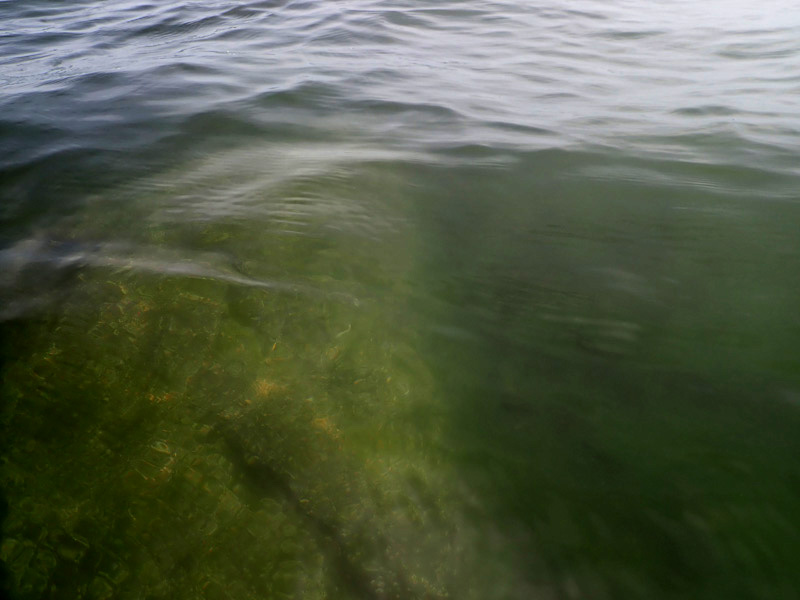
 It escaped us like it had escaped the namers and owners of islands for decades,
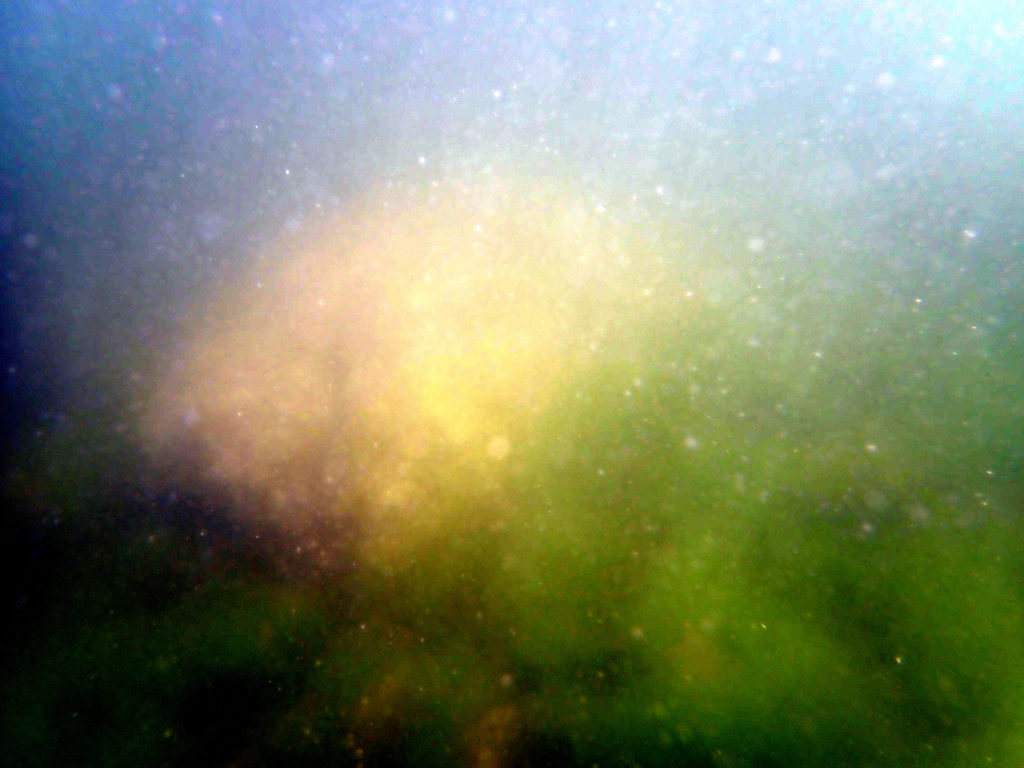
hiding beyond time, demonstrating that it would eventually be lost forever,
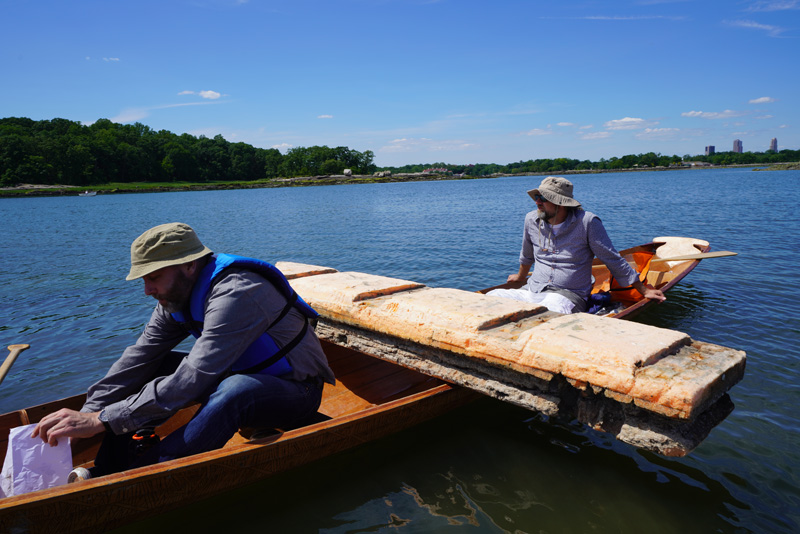
 but jeff found his flotsam object,
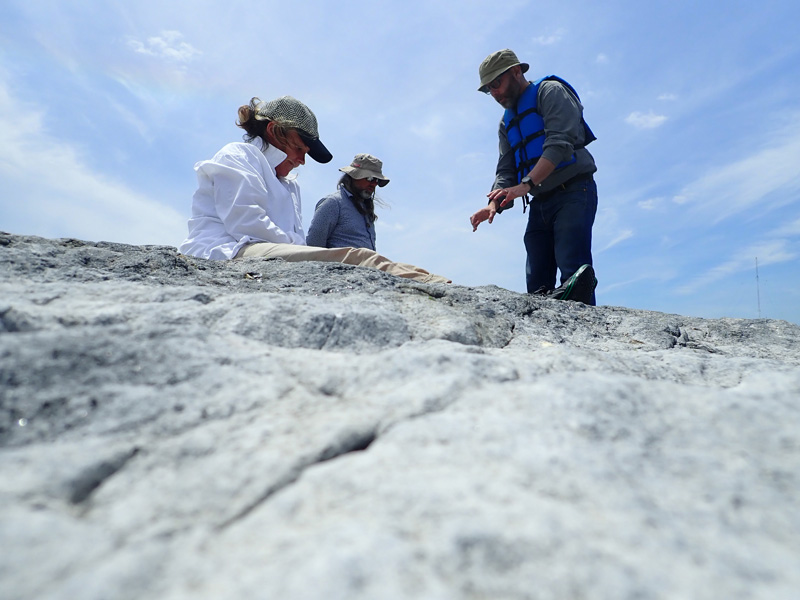
 and we got to talk to Robert Sullivan for hours.
